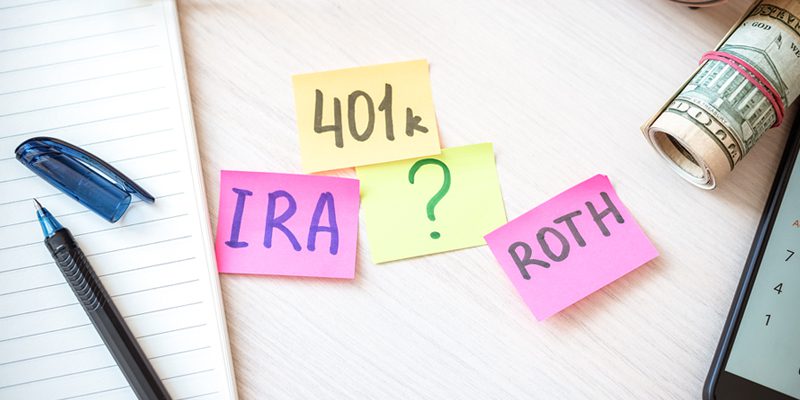In the shifting landscape that is today’s labor market, Americans are changing jobs more frequently. It tends to happen for a myriad of reasons, from mergers and acquisitions, life events or just looking for a new opportunity. The U.S. Bureau of Labor Statistics found that individuals born between 1957 to 1964 held an average of 12.3 jobs from ages 18 to 52. In many cases these job changes come with responsibilities outside of just ending a relationship with one employer and starting a new relationship with another. Often, voluntary job changes are made due to what the employee sees as a better opportunity, in many cases this means a better salary and benefits. Once all the decision making and stress of finding and starting a new job is behind them, many people forget about one of the most important benefits, the employer sponsored retirement plan. As many companies have phased out the pension plan in favor of the 401(k), former employees have an important decision to make when leaving an employer. What should I do with my 401(k)?
As a Financial Advisor, I get this question often. The answer is that it depends on several factors. There are typically four options available for an old 401(K), leave it with your old employer, rollover to an IRA, rollover to a new employer, or cash out of the plan. Let’s look at each option.
Leave the money in your former employer’s plan
This option is typically available if the plan allows it and your vested account balance is greater than $5,000. You may choose to take your funds later or keep the funds in the plan until retirement age.
There are a few points to consider with this choice, including the amount of investment options available in the plan, access to money, fees and charges.
Direct rollover to an IRA
A Rollover IRA allows you to move eligible money from your former employer plan directly to an IRA.
This option allows your money to continue to grow tax-deferred, and you typically have more investment choices available than in a former employer’s plan. Be sure to consider the fees and expenses associated with an IRA, as they can vary widely.
Direct rollover to a new employer’s plan
If your new employer offers a retirement plan and accepts rollovers, you may have the option of a rollover to your new employer’s plan. Consider the investment options, fees and access to funds in the new employer plan, as these can vary from plan to plan.
Take a cash distribution
This option should generally be avoided unless there is an immediate need for the funds. If you decide to take the cash as a lump sum, depending on your age and tax situation, you may be subject to income tax and possibly a 10% early withdrawal penalty. Your distribution will be subject to:
- 20% tax withholding: 20% of your distribution is required to be withheld by the IRS for prepayment of federal income taxes.
- Federal income tax: In addition to the 20% withholding, you may owe additional federal income tax, depending on your tax bracket.
- Early withdrawal penalty: You may owe an additional 10% of your distribution if you’re under the age of 59 ½ or have separated from service prior to the age of 55.
- State and local income taxes: You may also owe state and local income taxes.
As you can see from the taxes and possible penalties involved, a cash distribution should be a last resort.
One other point to consider is how the actual rollover is completed. If you decide to either rollover to an IRA or to your new employer’s plan, completing a direct rollover should be considered. A direct rollover is when the check is made payable to the new financial institution, who then rolls it into your IRA or new 401(k) plan.
You can also complete an indirect rollover, which typically is not advisable. This when the check is made payable to you, and then within 60 days, you put the money back into an IRA or 401(k). The downside to this is the employer plan is still required by the IRS to withhold 20% of the distribution. You would then need to make up the 20%, or possibly pay a 10% early withdrawal penalty and miss out on the tax deferred growth of this money.
If you have an old 401(k), and are contemplating what to do with it, speak with a CERTIFIED FINANCIAL PLANNER™ professional. Everyone has a different set of circumstances, and a CFP® professional can help you evaluate each of your available options.

Helping you boost your financial intelligence.
Read our financial resources from your friends at WSFS.




